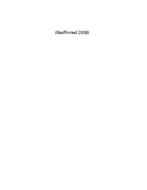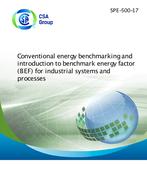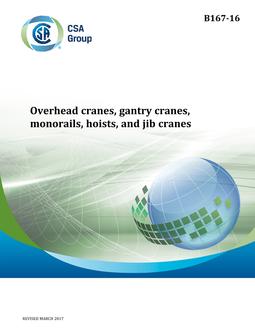Click here to purchase
Preface
This is the first edition of CSA C381.2, Test method for calculating the energy efficiency of battery-charging systems.
1 Scope
1.1This Standard specifies a test method for determining the energy ratio of devices that charge and maintainsecondary batteries.
1.2This Standard applies to battery-charging systems with
(a) battery chemistries such as nickel cadmium, lead acid, lithium ion, and nickel-metal hydride but not primary cell chemistries such as alkaline “dry” cells;
(b) a battery voltage less than 50 V; and
(c) a nominal charging input rating less than or equal to
(i) 300 W; or
(ii) 500 V-A.
Note: Power tools, small household appliances, floor care products, and flashlights are examples of products that use these battery-charging systems.
1.3This Standard is intended to evaluate products whose primary function is
(a) battery charging; or
(b) other than battery charging, but whose power consumption can be disabled to allow the determination of the energy ratio of the battery charging system.
1.4The test method specified in this Standard is intended to complement the methodology contained in CSA C381.1. This Standard and CSA C381.1 define two classifications of products for the purpose of energy-efficiency testing; products within the scope of CSA C381.1 are not intended to be tested by thisStandard. Annex B specifies requirements for determining the appropriate test method (CSA C381.1 or CSA C381.2) for measuring a product’s energy efficiency.
1.5In CSA Standards, “shall” is used to express a requirement, i.e., a provision that the user is obliged to satisfy in order to comply with the standard; “should” is used to express a recommendation or that which is advised but not required; “may” is used to express an option or that which is permissible within the limits of the standard; and “can” is used to express possibility or capability. Notes accompanying clauses do not include requirements or alternative requirements; the purpose of a note accompanying a clause is to separate from the text explanatory or informative material. Notes to tables and figures are considered part of the table or figure and may be written as requirements. Annexes are designated normative (mandatory) or informative (non-mandatory) to define their application.
Product Details
- Edition:
- 1st
- Published:
- 11/01/2008
- ISBN(s):
- 9781554366514
- Number of Pages:
- 28
- File Size:
- 1 file , 1.1 MB
- Product Code(s):
- 2419514, 2419514


